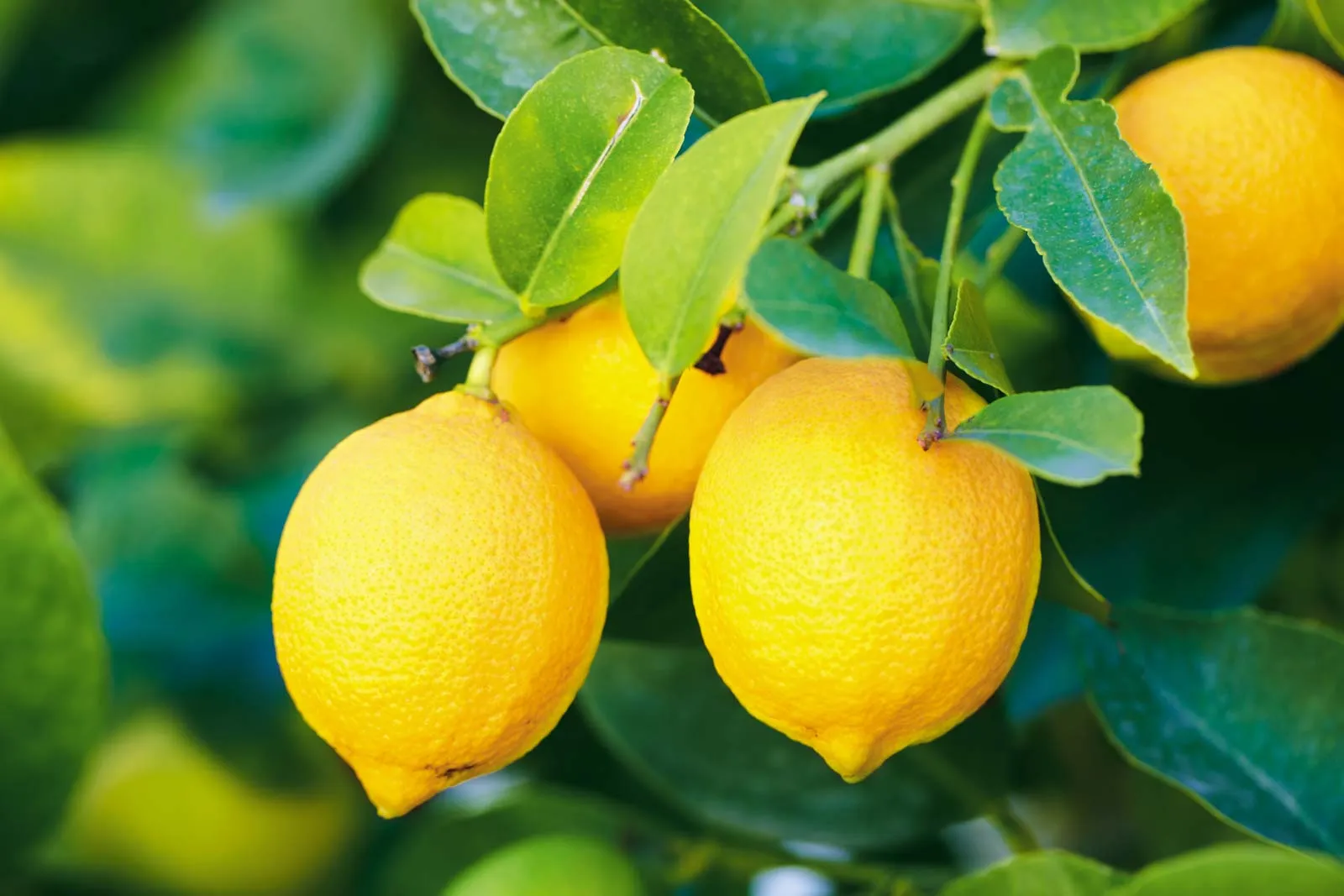Researchers at Hebrew University, Israel have succeeded in developing a drought tolerant variety of tomatoes capable of producing a high yield even in extreme drought conditions. The study was published in the journal PNAS.
The study was led by doctoral student Shai Torgeman and Professor Dani Zamir from the Faculty of Agriculture, Food and Environment at the Hebrew University.
Using in-depth analysis, the researchers identified interactions between two regions of the tomato genome, leading to increased yield. They also found that the new tomato variety consumes less water and even increases its yield in extreme weather conditions.
Read also: African farmers share their stories of building resilience in the face of climate challenges.
According to the researchers, the results prove the effectiveness of the use of wild species for the cultivation and improvement of plants in agriculture.
The unique structure of the new population, which enables precise mapping of the genes in tοmatoes and the identification of the mutual effects, has the potential for extensive application in other plants as well for the benefit of increasing future productivity.
Tomatoes grown in open field conditions need protection from pests, fertilisation and must be watered over time. However, the climate crisis and the severe water shortages around the world require alternative varieties and new cultivation methods that also guarantee adequate profits for farmers.

Developing the drought tolerant variety of tomatoes
The researchers crossbred two types of tomato species – a wild tomato from the deserts of western Peru and the cultivated tomatο – with the aim of identifying which regions of the genome affect important agricultural traits, such as yields.
For over four years, DNA sequencing and extensive data analysis of 1,400 plants have been carried out in Professor Zamir’s lab to date.
“Studies of complex traits in plants, such as yield and resistance to drought conditions, have been based on significantly smaller populations of 200~ species,” explained Torgeman.
“This makes it impossible to identify all the interactions (epistasis) between the genes, as well as their influence on important agricultural traits. In this study, we genetically crossed two different species of tomatο and proved that by using of a larger population and a genetic map that includes thousands of markers, it is possible to identify areas in the genome that have interaction between them that increases the yield.”
Read also: Climate change activists call for adoption of agroecology to save the planet
Through the genetic analysis of the tomato varieties, the researchers were able to identify two regions in the genome of the wild species.
Individually, each does not affect the crop, but when these genome regions appear together, there is a significant contribution to fertility, even in dry conditions.
The research findings revealed that the two regions on the different chromosomes resulted in a 20-50% increase in the overall tomato yield under irrigated conditions as well as in drought conditions.
“Now, based on the published knowledge, we are cultivating new varieties with the aim of commercializing them on the food market,” concluded Torgeman.
The research was conducted as part of the scientific cooperation with the European Union in the ‘Horizon 2020’ programme.
Read also: Manchester United breaks silence after Mason Greenwood has all charges dropped














